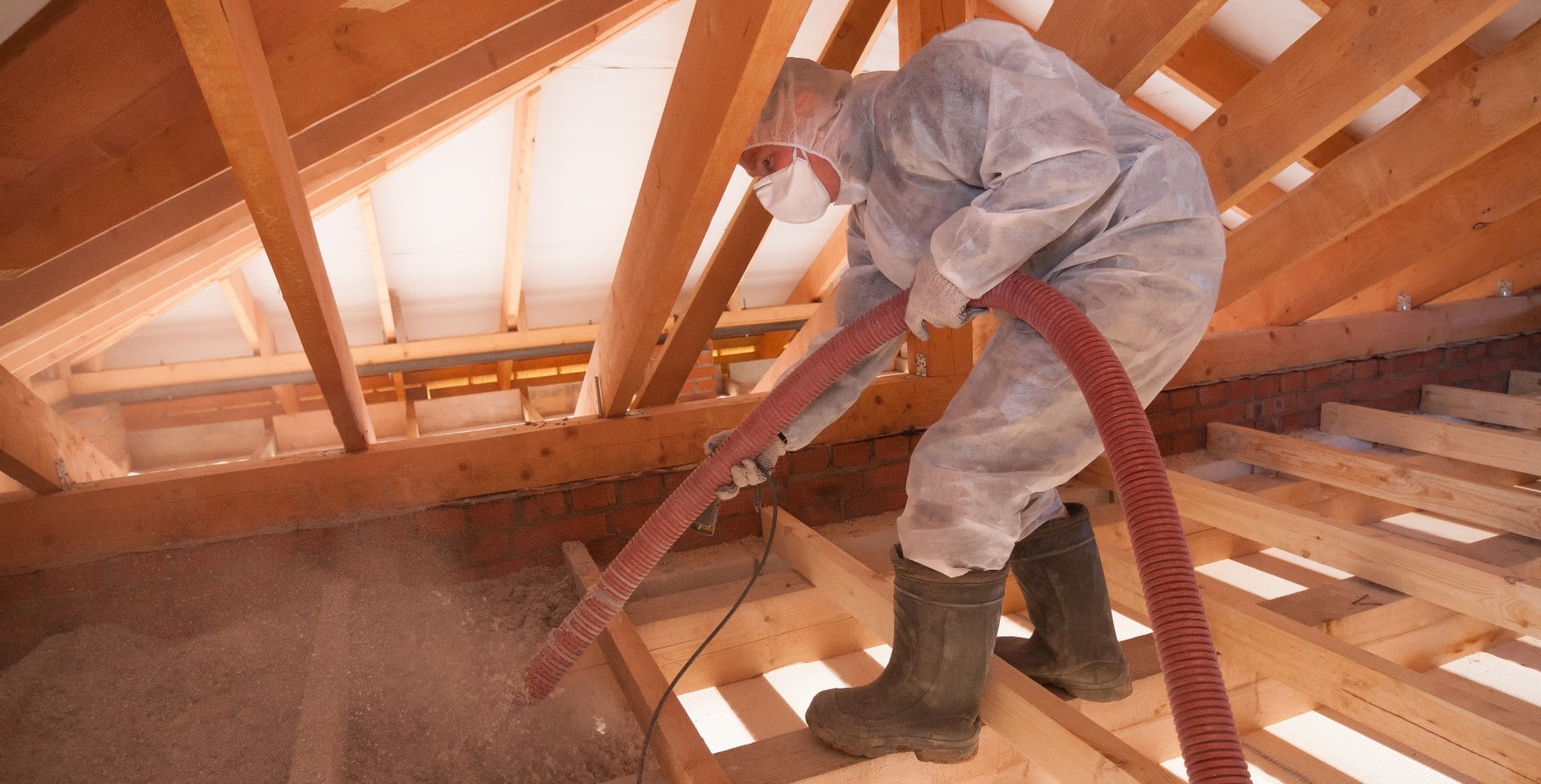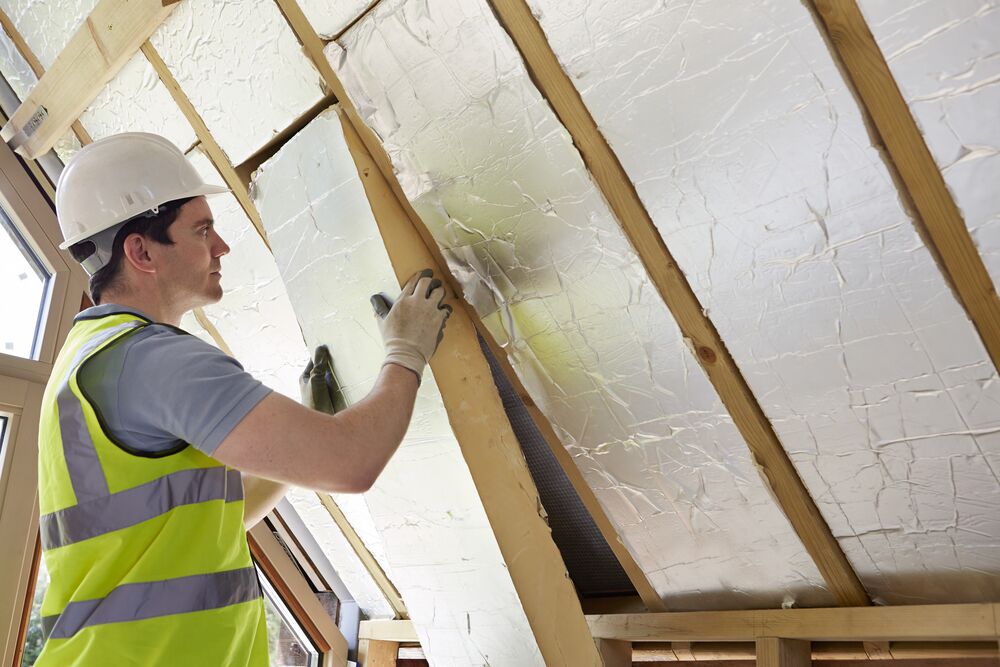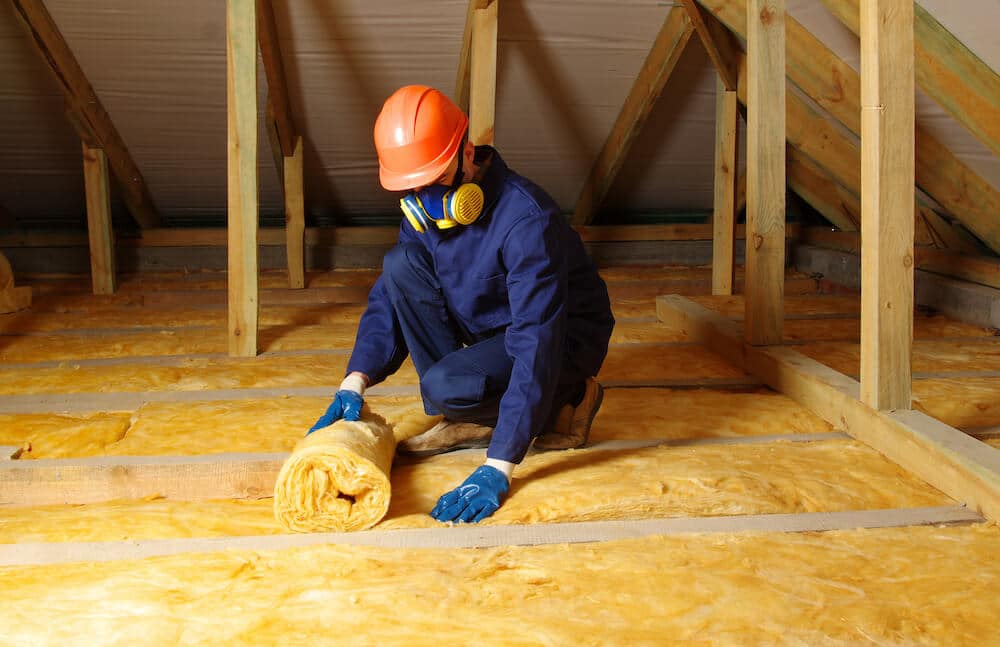Optimize Your Energy Savings with Expert Attic Insulation DFW Solutions
Optimize Your Energy Savings with Expert Attic Insulation DFW Solutions
Blog Article
Discover the Different Kinds Of Attic Insulation and Their One-of-a-kind Benefits for Your Home's Energy Efficiency

Fiberglass Insulation
Fiberglass insulation is just one of the most typically utilized products for attic insulation as a result of its superb thermal performance and cost-effectiveness. Composed of small glass fibers, this material properly traps air, developing a protecting barrier that helps preserve consistent interior temperatures. Its high R-value per inch makes it especially efficient at withstanding warm transfer, which is critical for energy conservation in homes.
Installment of fiberglass insulation is reasonably simple, frequently readily available in batts or loose-fill kinds, accommodating various attic setups. In addition, it is non-combustible and immune to wetness, decreasing the risk of mold and mildew development. This durability adds to its longevity, making fiberglass a practical long-lasting financial investment for home owners.
Furthermore, fiberglass insulation is commonly made from recycled products, which enhances its eco-friendliness. The product can additionally add to soundproofing, decreasing noise transfer in between spaces. While it is necessary to wear protective gear throughout installation to stay clear of inflammation from the fibers, the overall advantages of fiberglass insulation, consisting of power savings and environmental factors to consider, make it a preferred choice for enhancing attic efficiency and advertising a comfy living atmosphere.
Spray Foam Insulation
Spray foam insulation is an extremely efficient alternative for attic insulation, recognized for its exceptional air securing and thermal performance. This innovative insulation product is composed of a blend of isocyanate and polyol material, which, when integrated, expands swiftly to fill up spaces and dental caries in the attic room. Its capability to adhere to numerous surfaces makes sure a continual barrier versus air leakages, considerably decreasing warmth loss throughout chillier months and warmth gain throughout warmer periods.
Among the crucial benefits of spray foam insulation is its high R-value per inch, which implies it provides excellent thermal resistance in a reasonably slim application. This is specifically useful in attics where space is commonly minimal. In addition, spray foam can aid minimize dampness accumulation, decreasing the threat of mold and mold growth, which can be damaging to both the structure and interior air quality.
While the first expense of spray foam insulation might be higher than typical choices, its lasting energy savings, combined with raised comfort and enhanced home value, make it a rewarding financial investment for home owners looking for improved power effectiveness. Attic Insulation DFW. Generally, spray foam insulation stands apart as an efficient service for maximizing attic insulation
Cellulose Insulation

Cellulose insulation is a popular selection for attic room insulation, primarily composed of recycled paper products treated with fire resistants. This environmentally friendly choice is known for its exceptional thermal efficiency, properly lowering heat transfer in both summer season and cold weather. The dense make-up of cellulose enables it to load voids and gaps in attic rooms, providing a seamless barrier versus air leakages.
Among the considerable advantages of cellulose insulation is its ability to withstand mold and mildew and insects, owing to the fire resistant therapies made use of top article during manufacturing. In addition, it flaunts a high R-value per inch, which equates into premium energy efficiency. House owners can anticipate lower cooling and heating expenses as a result of improved insulation.
Setup is usually completed via blowing loosened cellulose into the desired location, permitting a quick and effective procedure. This approach also decreases disruption to the existing framework. Additionally, cellulose insulation has a relatively reduced ecological effect, as its production procedure utilizes recycled products, adding to sustainable structure practices.
Rock Woollen Insulation
Among the different options for attic insulation, rock woollen, likewise known as mineral woollen, stands apart as a result of its outstanding thermal and acoustic efficiency. Made from recycled or all-natural materials, rock woollen is created by thawing rock and rotating it right into fibers, causing a product that offers exceptional insulation properties.
One of the significant advantages of rock woollen insulation is its high R-value, which shows its effectiveness in standing up to heat circulation. This characteristic not only boosts power effectiveness yet also contributes to preserving a comfy indoor temperature year-round. In addition, rock wool is inherently fireproof, making it a safer alternative for homes as it can withstand heats without melting or releasing hazardous fumes.
In addition, rock woollen insulation stands out in soundproofing capabilities, effectively lowering noise transmission in between spaces and from outdoors resources. On the whole, rock wool insulation provides a detailed solution for improving power efficiency, safety and security, and comfort in property settings.
Glowing Barrier Insulation
Radiant obstacle insulation functions as an efficient solution for minimizing warm transfer in attic rooms, specifically in warmer environments. This sort of insulation works by mirroring convected heat away from living rooms, therefore reducing the amount of warm that gets in a home throughout heat - Attic Insulation DFW. Generally composed of a very reflective product, such as light weight aluminum foil, glowing barriers are installed in attics, facing the roofing, where they can intercept incoming heat from the sunlight
The main advantage of glowing obstacle insulation is its capability to reduced air conditioning costs. By reflecting warmth as opposed to absorbing it, glowing obstacles can help maintain a more steady interior temperature level, lowering the workload on cooling systems. This effectiveness converts into reduced energy bills and increased convenience for homeowners.
In enhancement to power savings, radiant obstacles can additionally add to improved interior air quality. By lowering heat buildup, they aid reduce moisture levels, which can stop mold and mildew development and boost total air learn the facts here now flow. When set up appropriately, radiant barrier insulation can be a very useful addition to any read here energy-efficient home, making it a worthwhile factor to consider for homeowners aiming to boost their attic room insulation approach.
Conclusion
In conclusion, recognizing the various kinds of attic insulation-- fiberglass, spray foam, cellulose, rock wool, and radiant barriers-- enables home owners to make enlightened decisions regarding power performance. By selecting the suitable insulation material, considerable reductions in power expenses can be achieved, along with enhancements in indoor convenience.

In final thought, comprehending the numerous types of attic room insulation-- fiberglass, spray foam, cellulose, rock wool, and radiant obstacles-- allows home owners to make educated choices regarding energy effectiveness.
Report this page